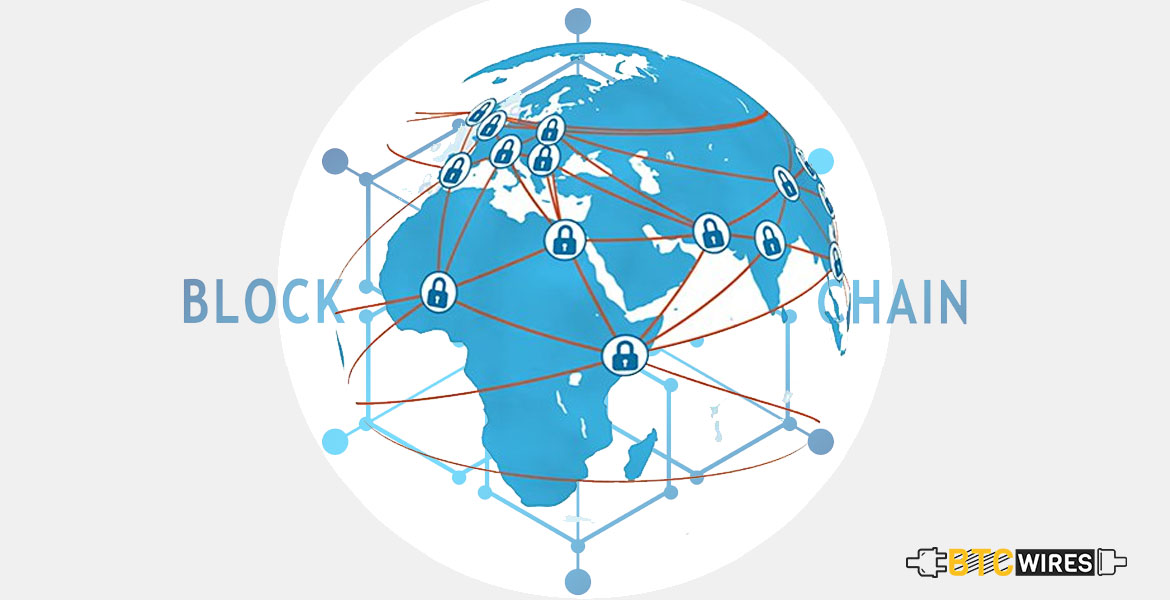Blockchain is often touted as one of the most secure

Blockchain is often touted as one of the most secure technologies to have appeared on the technology scene. With its highly encrypted network that is inexorably tied up block by block, blockchain has been said to have had an extremely secure cryptographic encryption process almost entirely immune to unauthorized and unscrupulous changes in the data contained in the system. However, even so, many security threats still exist and if certain principles are followed, they can be averted and avoided. For that purpose, here are 6 principles that play an important role in eliminating security threats to blockchain:
1. Storing Cryptographic Checksums of Data :
Instead of storing the original data content directly on blockchain, one should ideally follow the principle of mirror storage in blockchain, wherein only a cryptographic checksum or a mirror image is stored on the network, so that the hash values of the original data match with that of the mirrored data. By doing this, one can add an extra layer of security to the blockchain network, by preserving audit controls (if any) that is there for the original dataset.
2. Storing Cryptographic Keys Securely:
The access to a blockchain network is governed by the usage of private cryptographic keys. These obviously have to be stored somewhere safely so that they remain safe from the prying eyes of swindlers, scammers and hackers. Saving them in plain document files such as MS-Word or using them without encryption on a device can lead to security breaches as someone can see or access the keys via malwares. Using safe high-security storage devices can go a long way in eliminating security threats in blockchain, especially endpoint vulnerabilities.
3. Setting Up Lines of Defence to Prevent Blockchain Breach by Brute Force (51% Attack):
Blockchain’s much-advertised decentralization has often been called to question as a few mining pool consortium control a large part of both the Bitcoin and Ethereum blockchain networks, which are perhaps the most well-known in the blockchain scene. If somehow a consortium gains enough computational power to cross the majority mark, they can easily take control of the network by brute force and change data on it unscrupulously. Although no fool-proof system exists yet, there can be ways to prevent the 51% attack. Making a shift from the more vulnerable Proof-of-Work consensus algorithm to Proof-of-Stake or Delegated Proof-of-Stake, raising the number of required confirmations and resources etc. can often assist in keeping 51% attacks at bay.
4. Ensuring Quality of Coding While Setting Up a Blockchain Network:
Before implementing a blockchain code, it should be peer-reviewed and its scalability should be tested adequately before storing information on it. Shoddily coded blockchain systems can be rife with security threats which could have been nipped in the bud by simply carrying out proper code testing.
5. Double-checking Vendor Credentials:
As more and more third-party solutions become available in the fields of wallet storage, fintech solutions or smart contracts, the risk associated with mistakes made by third-party vendors while dispensing solutions become potent. To prevent this, it would be crucial to double-check credentials and reputations of all vendors before using their blockchain solutions.
6. Checking Web Certification:
Last but not the least, blockchain networks can be safeguarded significantly if one just goes back to the basics and makes sure the security certification and HTTPS URL are in order before proceeding with a blockchain-based transaction.

